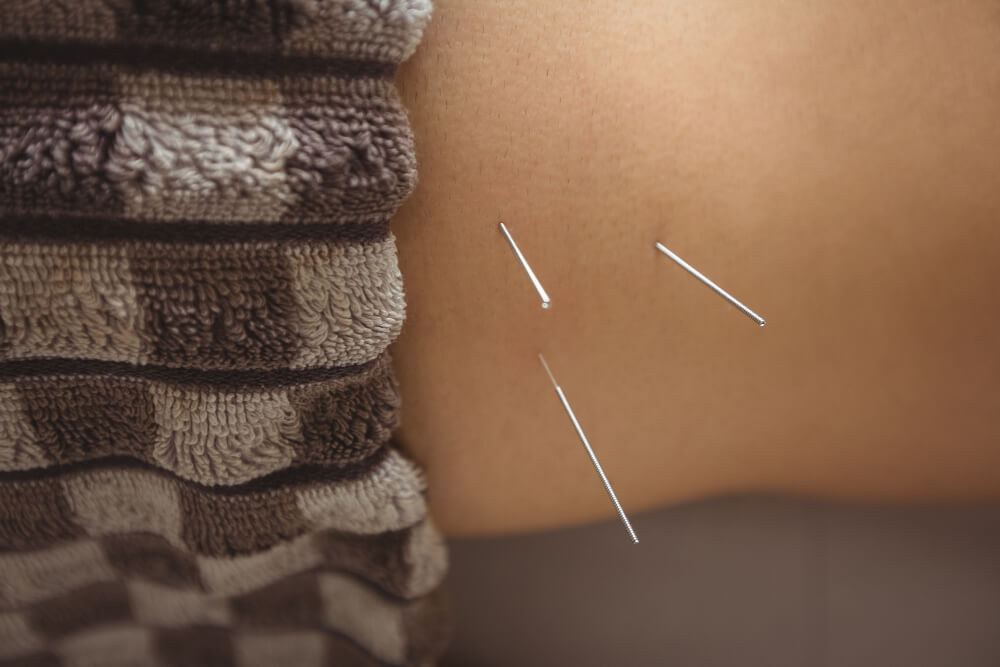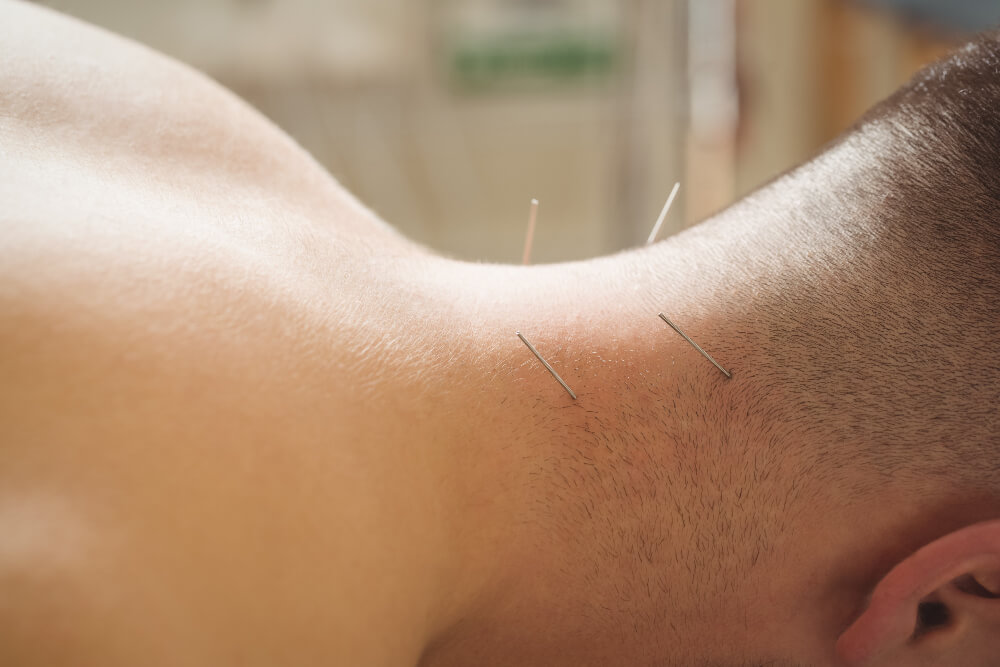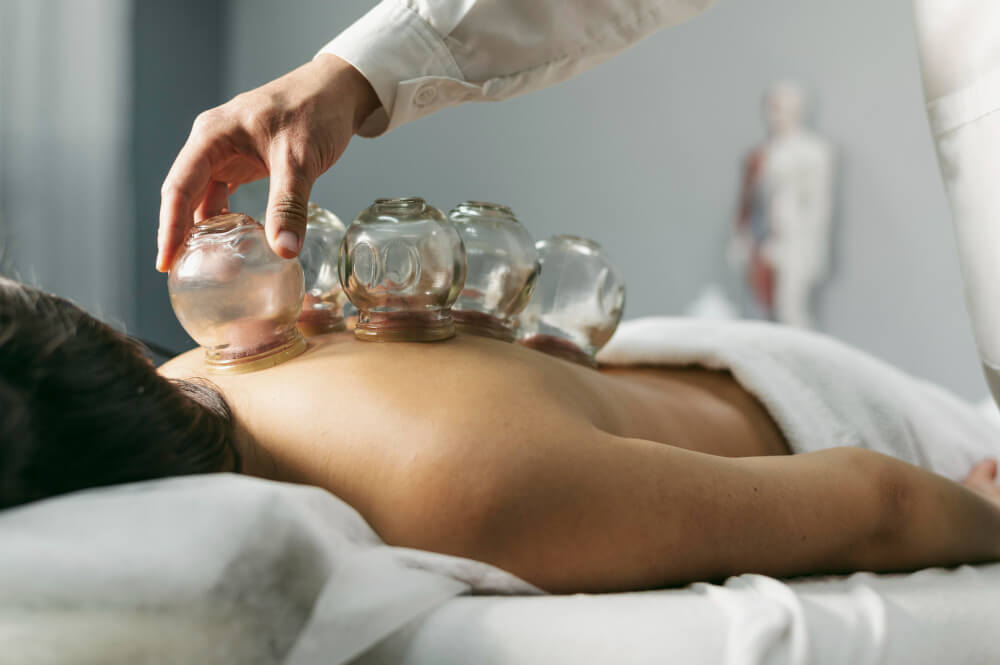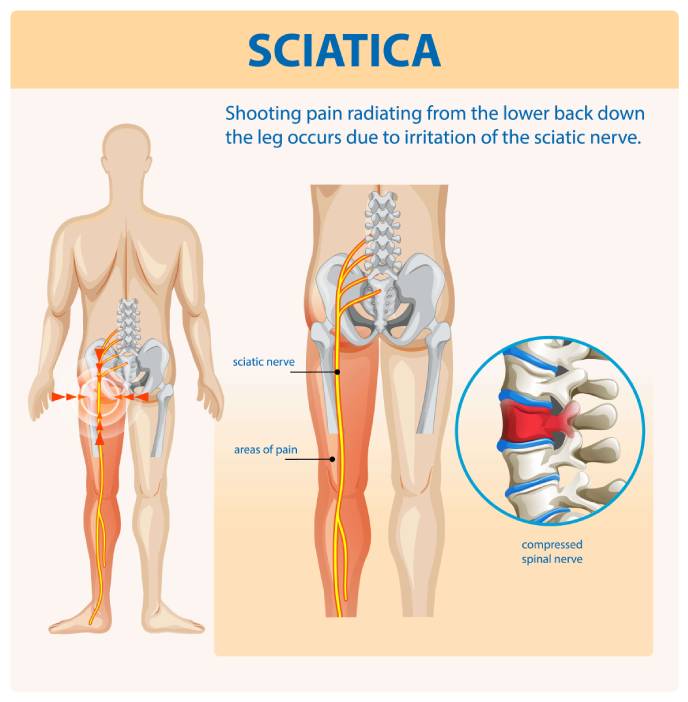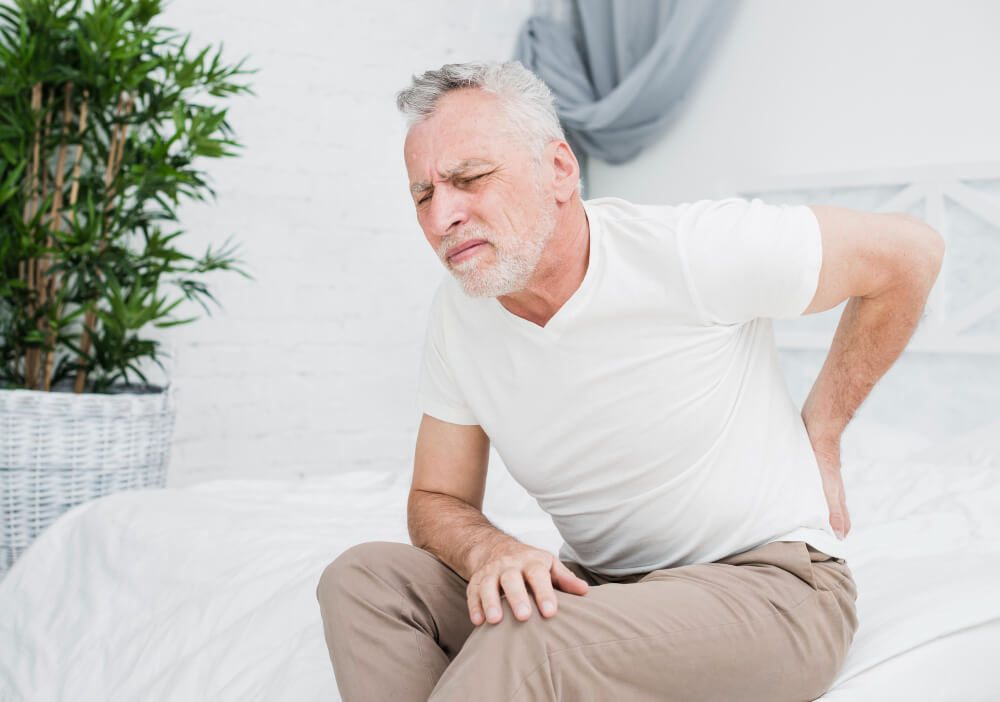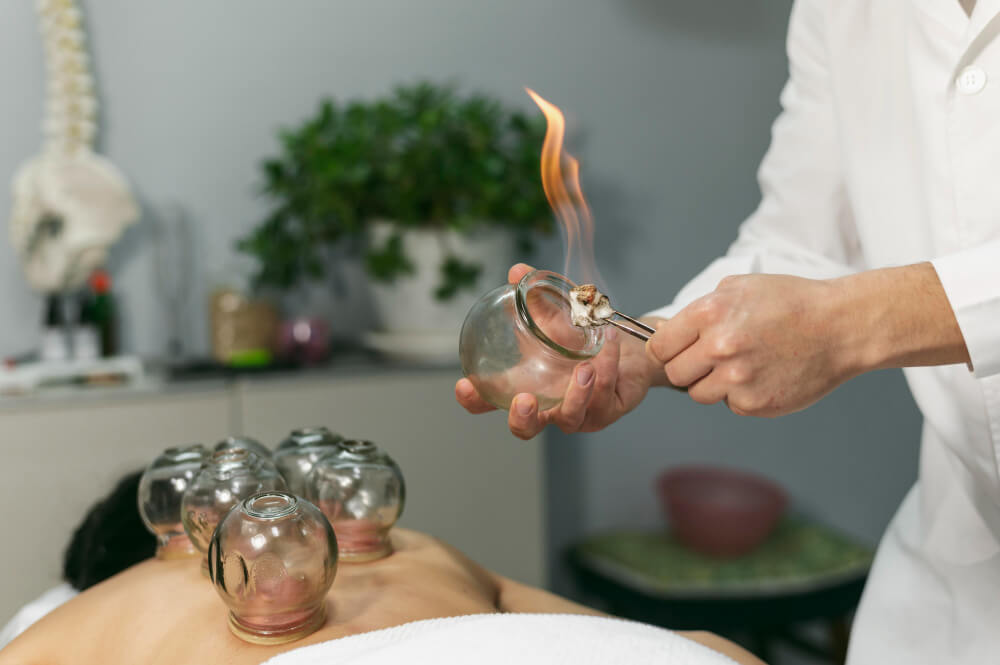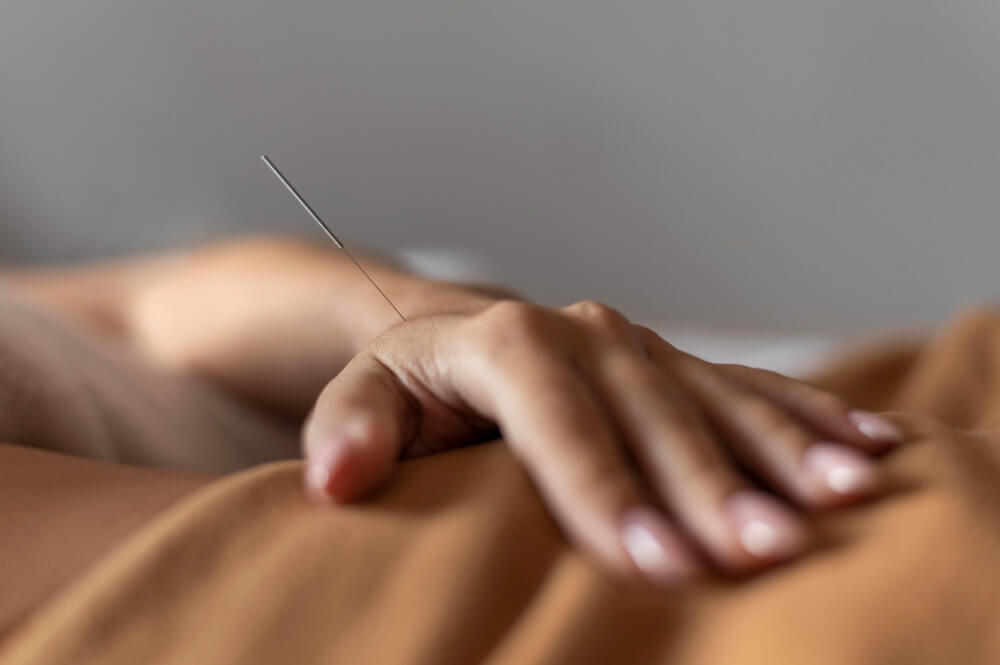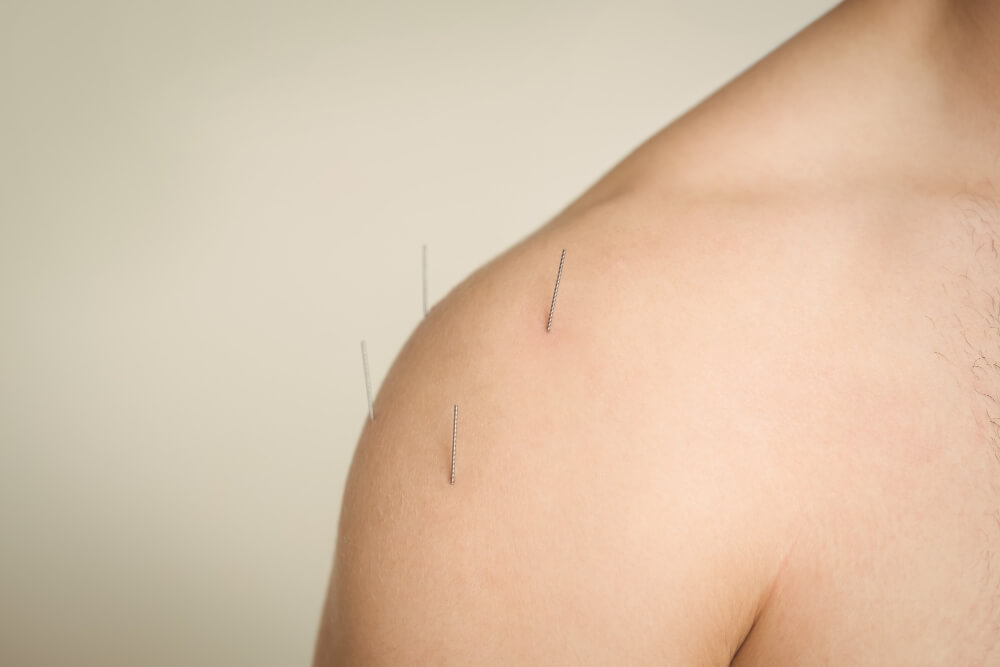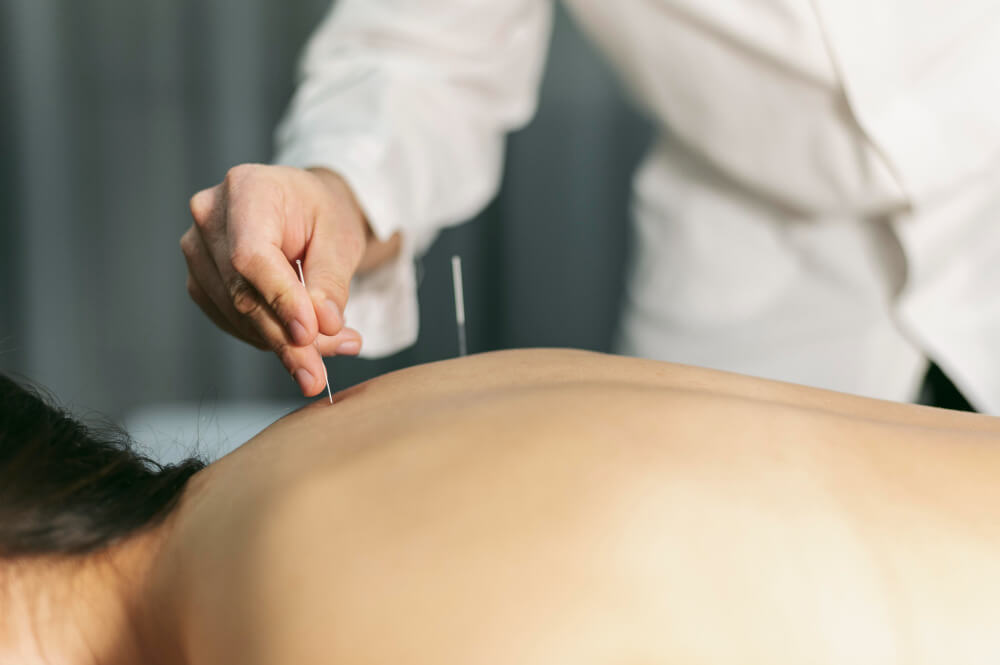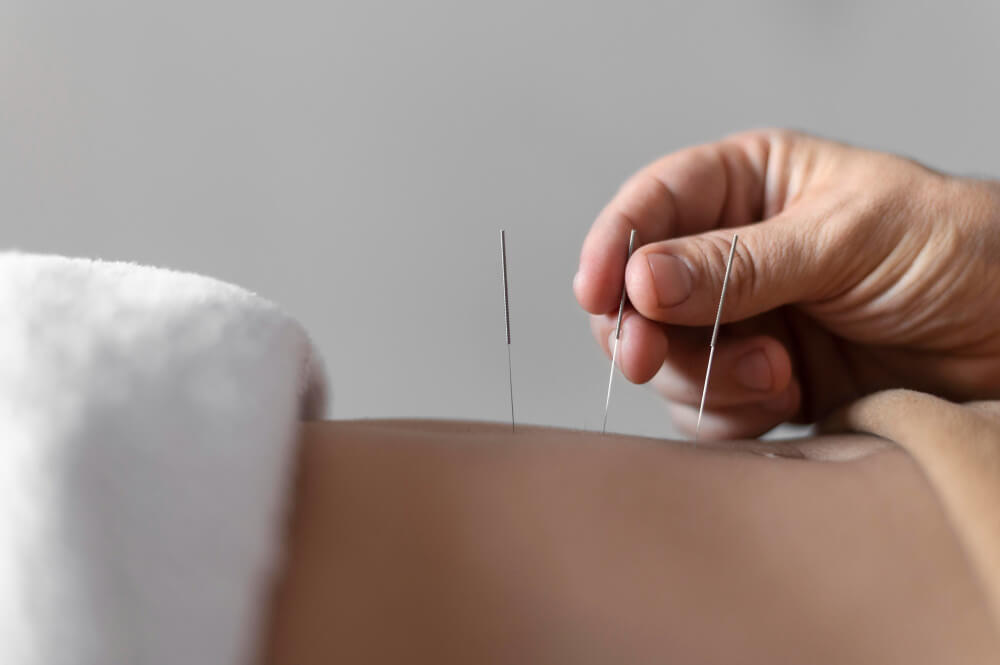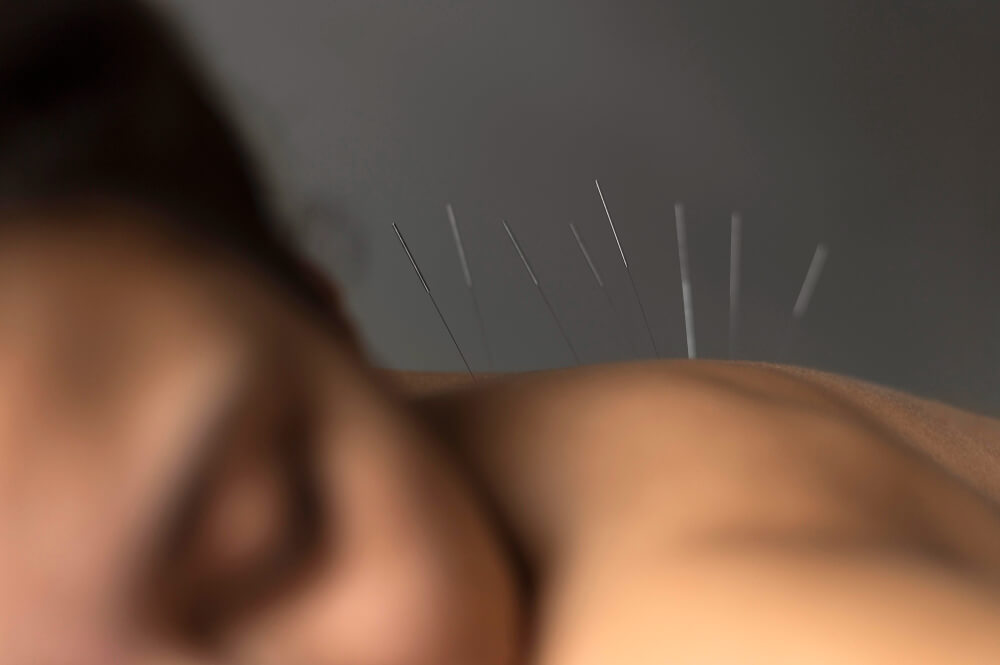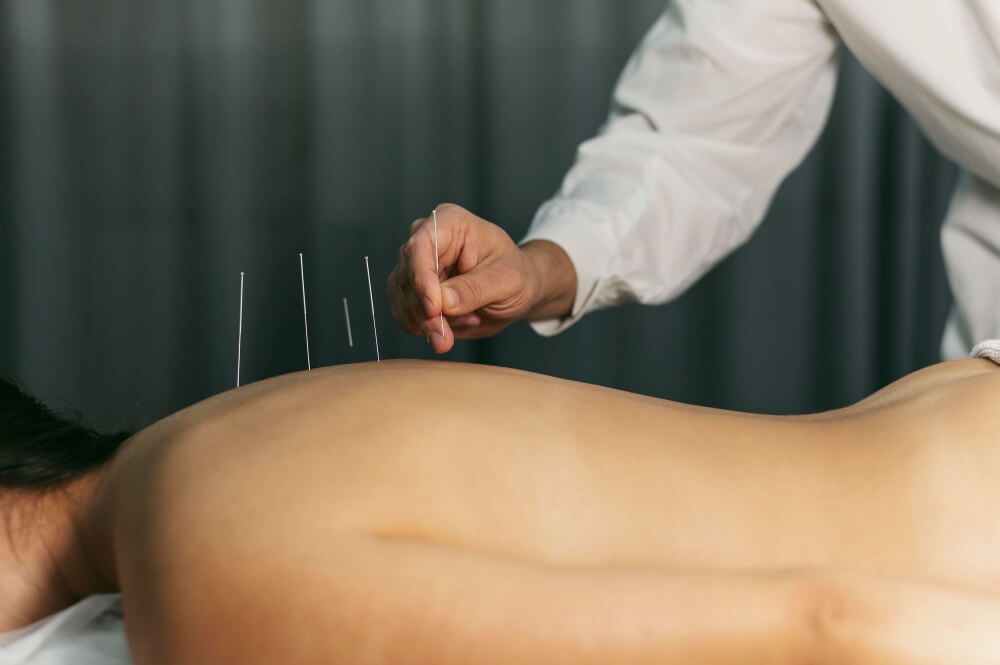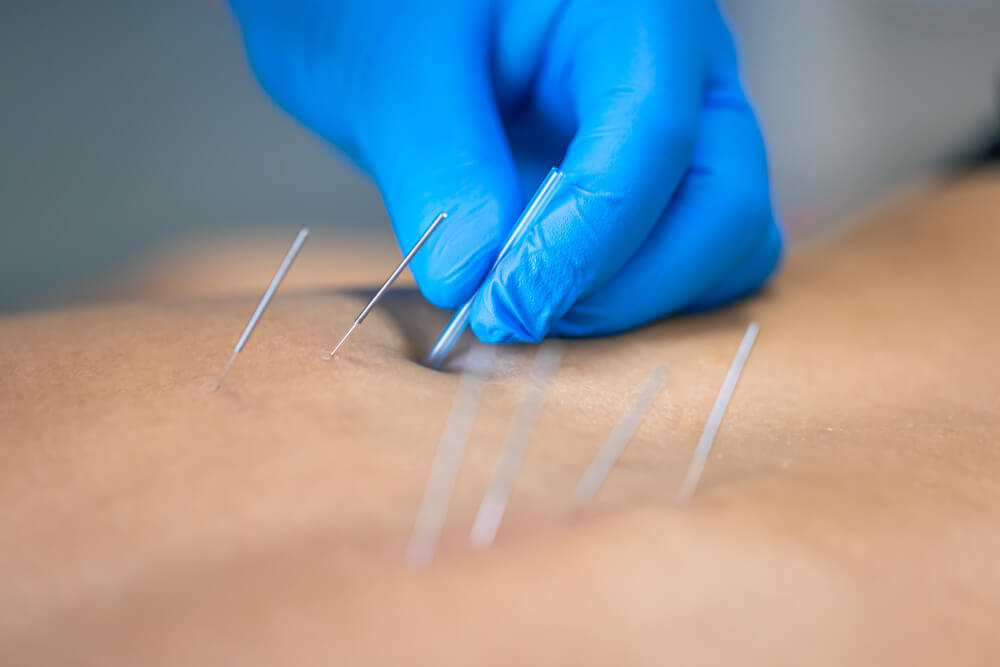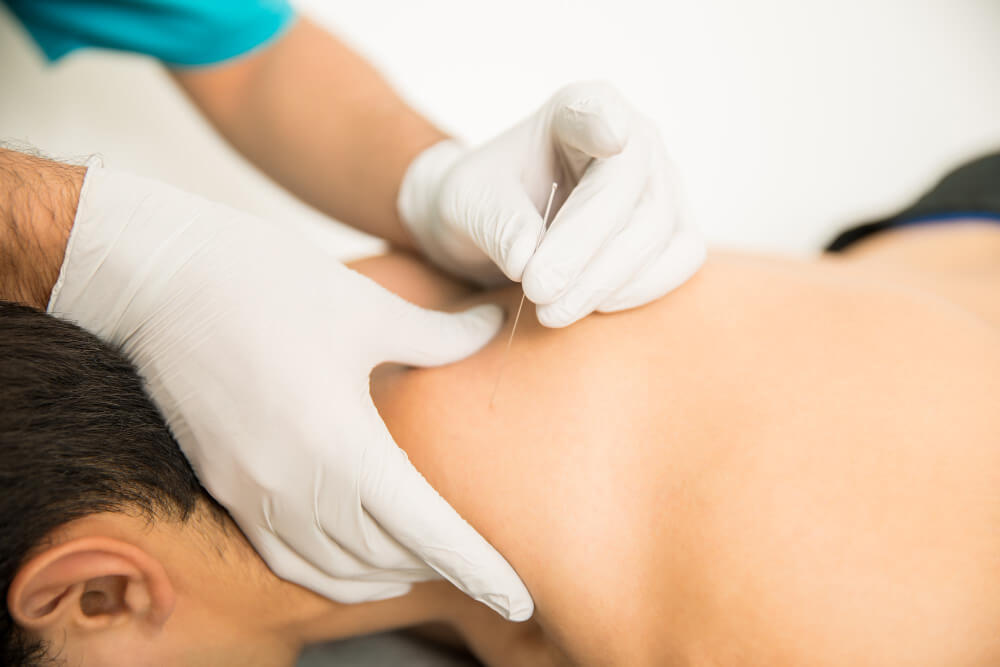How Cupping and Dry Needling Fit Into a Pain Management Plan
If you have chronic pain, even the simplest things might be hard to do. Even though medicines can help in the short term, a lot of individuals in Adelaide are using holistic, non-invasive approaches to figure out what’s causing their pain. Cupping therapy and dry needling are two treatments that are becoming more and more popular since they help with pain.
Yi Hong Acupuncture Clinic has a number of treatments that are usually used together to help people feel better, heal faster, and live better in general. This is how they work and how a whole-body approach to managing pain makes use of them.
Understanding a Pain Management Plan
A pain management strategy is a special way to make pain go away, increase function, and make you healthier. It could include a mix of treatments, taking care of yourself, and changing how you live.
A good plan usually tries to:
- Make pain happen less often and make it less terrible.
- Take care of the things that are bugging you.
- Make your body more flexible so it can move around.
- Help people stay mentally and physically healthy in the long run.
A lot of people think that natural treatments like dry needling and cupping help them feel better without having to take medicine or get surgery.

Cupping Therapy to Help with Pain
Using gentle suction, cupping is an old-fashioned approach to elevate the skin and the tissue underneath it. This helps clean up filth, get circulation flowing better, and relax tense muscles.
The Benefits of Cupping for Pain Management:
- Relieves Muscle Tightness – Loosens knots and reduces stiffness caused by overuse or poor posture.
- Boosts Circulation – Delivers oxygen and nutrients to the affected area for faster healing.
- Reduces Inflammation – Supports the body’s natural anti-inflammatory processes.
- Promotes Relaxation – Reduces stress, which can contribute to chronic pain.
Cupping is effective for back discomfort, stiff necks, sports injuries, and repetitive strain injuries.
Dry Needling to Help with Pain in Certain Areas
There is solid evidence that dry needling is an effective treatment. It focuses on trigger points, which are muscular locations that hurt and make it hard to move. These sites are pierced with little needles to improve blood flow and loosen stiff muscles.
How Dry Needling Can Help with Pain
- Releases Trigger Points – Restores normal muscle function and reduces referred pain.
- Improves Range of Motion – Loosens tight muscles that limit flexibility.
- Reduces Acute and Chronic Pain – Effective for both recent injuries and long-standing discomfort.
- Complements Rehabilitation – Works alongside physiotherapy or exercise programs for faster recovery.
Using dry needling and cupping at the same time
Cupping and dry needling can both help with pain, but they do it in different ways. Cupping helps the body heal by making blood flow faster. On the other hand, dry needling works deep inside the muscle to ease tension.
For example:
- Dry needling can help relax a tight hamstring muscle, and cupping can help get rid of any leftover tension by bringing more blood to the area.
- Cupping can help relax tight muscles in the area, and dry needling can help with pain in the upper back and neck by focusing on certain trigger points.
This combination can help with chronic pain treatment strategies by lowering pain, making things work better, and stopping problems from coming back.
Creating a Personalised Pain Management Plan
We make treatment regimens at Yi Hong Acupuncture Clinic in Adelaide that are unique to each patient A whole plan for dealing with pain could include:
- Using cupping therapy to get the blood flowing and relax the muscles in general
- Dry needling to get trigger points to let go just right
- Using acupuncture to fix problems at their root and speed up healing
- Deep tissue massage can help you relax and make your muscles more flexible.
- Living a healthy life means stretching, sitting up straight, and eating the right foods.
This personalised plan makes sure that both the causes and symptoms of the pain are treated, which will have longer-lasting consequences.
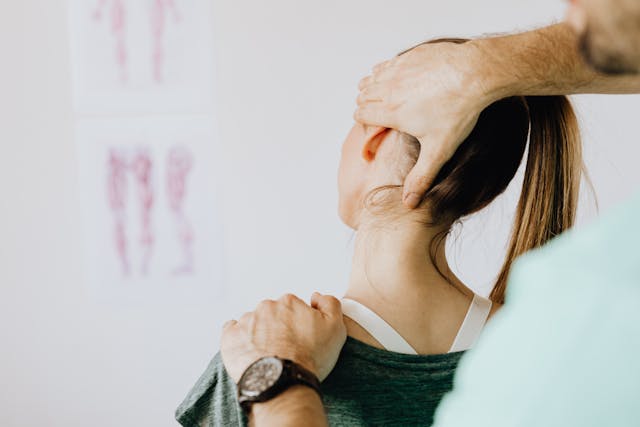
Who Can Get Cupping and Dry Needling?
These treatments can help a lot of people, including those who
- Experience chronic muscle tension from work or lifestyle habits
- Suffer from sports injuries or repetitive strain conditions
- Have postural pain from desk work or manual labour
- Need support with recovery after surgery or injury
- Want a natural, drug-free approach to pain managemen
Why should you visit the Yi Hong Acupuncture Clinic in Adelaide?
- Expert Practitioners – Skilled in traditional and modern pain relief techniques
- Holistic Care – Addressing the root cause of pain, not just symptoms
- Personalised Treatments – Tailored to your health goals and comfort level
- Convenient Location – Easily accessible for clients across Adelaide
We have helped many clients get their mobility back, feel less pain, and live better lives with safe, non-invasive treatments.
Start Your Path to Pain-Free Living
Our professionals at Yi Hong Acupuncture Clinic can help you learn more about how cupping and dry needling can work together to reduce discomfort. We will talk about your options, look at your condition, and make a treatment plan just for you to help you feel better and move better.
Make an appointment right away by calling. This is the first step towards getting rid of your discomfort for good.



